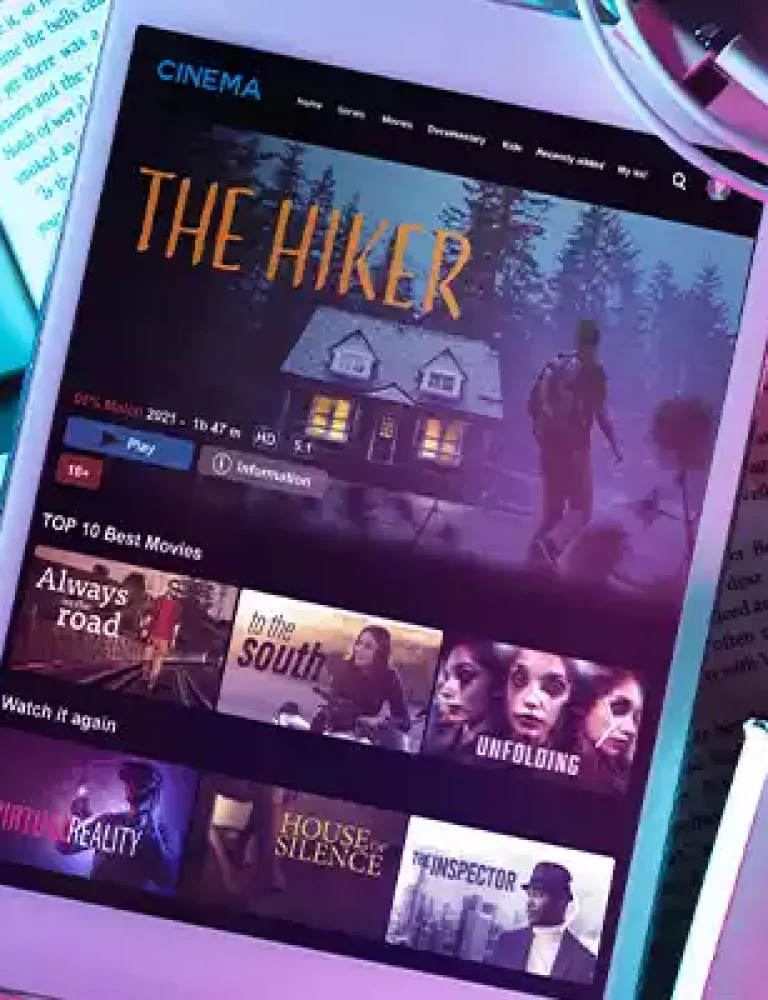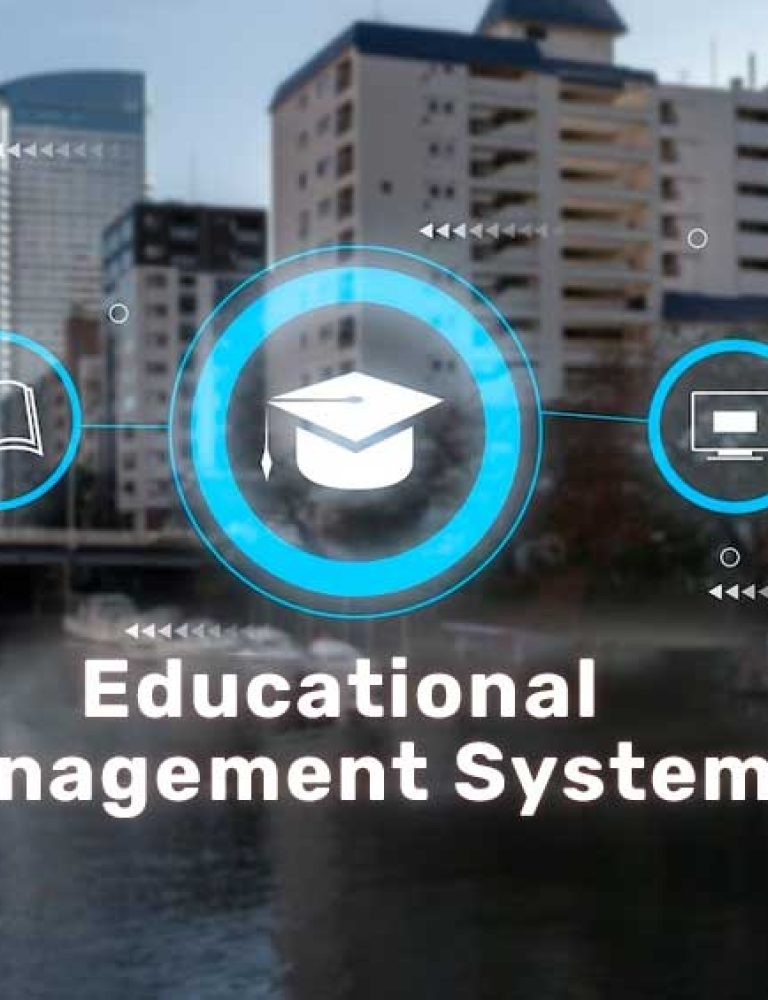“Research shows that on average, students retain 25-60% more material when learning online compared to only 8-10% in a classroom.”
That gets us straight to the point. Virtual learning environments (VLEs) are not just an option but a thoughtful, necessary choice to achieve desired learning outcomes.
The emergence of innovative technologies has made K12 education richer and more enjoyable. For example, the K.AI technology by KITABOO efficiently creates MCQs, flashcards, chapter summaries, etc., streamlining the development of robust virtual learning environments and eLearning tools.
The question is, how do you implement such virtual learning environments and reap the benefits? Let’s discuss.
Table of Contents
I. What are Virtual Learning Environments?
II. How Virtual Learning Environments Transform the Classroom
III. Steps to Implement Virtual Learning Environments in K12 Education
- Pose and Answer Some Key Questions
- Choose the Right Tools
- Train the Stakeholders
- Make it Personal, Accessible, and Keep it Simple
- Follow the Data
- Consider Scalability
- Partner with an Expert
IV. Embrace and Catalyse Change Through Virtual Learning Environments
What are Virtual Learning Environments?
A virtual learning environment consists of a combination of distanced learning and in-person interactions where some type of virtual realm is present. Virtual learning is also known as eLearning, where the internet is used to deliver instruction to students.
How Virtual Learning Environments Transform the Classroom
Virtual learning environments got their push during the pandemic, and thanks to them, many students’ futures continue to be shaped by remote education. But today, there is more to that. Here are a few other ways in which they are transforming the classroom:
- Adaptive Learning and Improved Monitoring: Every student’s needs can be met as adaptive learning offers tailored, personalized instruction after identifying the knowledge gaps among students. Moreover, through improved monitoring and data analytics, educators have insights into how each student performs and can offer help where they need it the most.
- Blended, Richer Learning: Educators gain higher flexibility and can use various teaching methods, guest lectures, multimedia, etc., from across the world. Meanwhile, students gain higher exposure to up-to-date learning material, enriching the VLE experience. Compared to traditional learning methods, VLEs have interactive and diverse learning resources that are dynamic and relevant.
- Enhanced Engagement: The same cellphone or laptop that would have been confiscated before is now used to enhance learning. VLEs help students stay engaged through interactive learning, gamification, and personalization. Using tools other than textbooks and presentations like eBooks, documentaries, expert talks, case studies, etc., also improves engagement as they make learning practical and interesting.
Interactive learning, digital assessments, and improved accessibility are among a few other ways through which virtual learning environments have brought about a transformation in the classrooms.
Steps to Implement Virtual Learning Environments in K12 Education
If you’d like to implement robust, engaging, and constructive virtual learning environments, these suggestions are an excellent place to begin.
1. Pose and Answer Some Key Questions
Along with defining the “why” behind implementing virtual learning environments for your classroom, ask yourself questions like:
- What is the desired impact?
- What is the scale of such implementation?
- What is the budget to consider?
- Will this be executed in-house, or will experts be roped in?
Questions like this will give you a goal and help you chart a plan. This guide could be a great read on this subject.
2. Choose the Right Tools
The sheer number of tools and software available to create VLEs is massive. Here are some pointers to guide you in selecting the best option.
- Choose a tool that is user-friendly
- It should have the capability for quick and easy upgrades
- High customization options
- It should be able to adapt to multiple learning levels and methods quickly
- Look for multi-device support
- Make sure it can integrate with your existing systems seamlessly
3. Train the Stakeholders
4. Make it Personal, Accessible, and Keep it Simple
For VLEs, a personal touch is the most important. Focus on opening good communication channels so students and educators can build connections virtually.
Pro Tip: Encourage virtual discussions.
Additionally, even the most technically averse could collaborate better if the technology is easy to learn. Since a VLE has no geographical limit, think about making it available in multiple languages and making it accessible. Also, remember that simplicity will come from organizing your course content to provide clarity.
5. Follow the Data
Track student metrics and trust the numbers; they will give you actionable insights. VLEs, when integrated with a Learning Management System (LMS), can track each student’s performance and give you an overview of whether the course content and the tools used are working. These metrics will work like a compass to further strengthen your VLE strategy.
6. Consider Scalability
Consistent course content and infrastructure upgrades ensure optimal student engagement and retention. Unlike physical textbooks, which go through red tape to update, it is much easier to update eLearning content. This is also vital to scale, as it helps the VLE stay relevant.
You can also introduce new learning methods to keep learning exciting and fun. For example, gamification or the use of social media in VLE, AR, and VR can make classrooms a hotspot for knowledge sharing in a creative way.
7. Partner with an Expert
When implementing virtual learning environments, you may face multiple challenges, including the following:
- Compatibility across platforms
- Technical glitches
- Low-quality content
- Data security
- Scalability
- Maintenance
Here’s where experts in digital publishing and eLearning content can make implementing virtual learning environments seamless. They know the latest trends, have the right tools, and can provide a customized consultation and plan for what needs to be done.
Embrace and Catalyze Change Through Virtual Learning Environments
Implementing virtual learning environments is the best way to embrace the change happening in the classrooms and empower future progress.
If you’d like to read more, this white paper on implementing VLE is another good resource. You can also contact the digital textbook experts at KITABOO to learn more about interactive and AI-powered digital publishing solutions. Here’s an interesting case study to sample what these solutions can do for you.
A free demo is a great way to begin your digital transformation.
To know more, please write to us at KITABOO@hurix.com
Discover How An Ebook Conversion, Publishing & Distribution Platform Can Help You
Kitaboo is a cloud-based content platform to create-publish & securely distribute interactive mobile-ready ebooks.
You May Also Like









